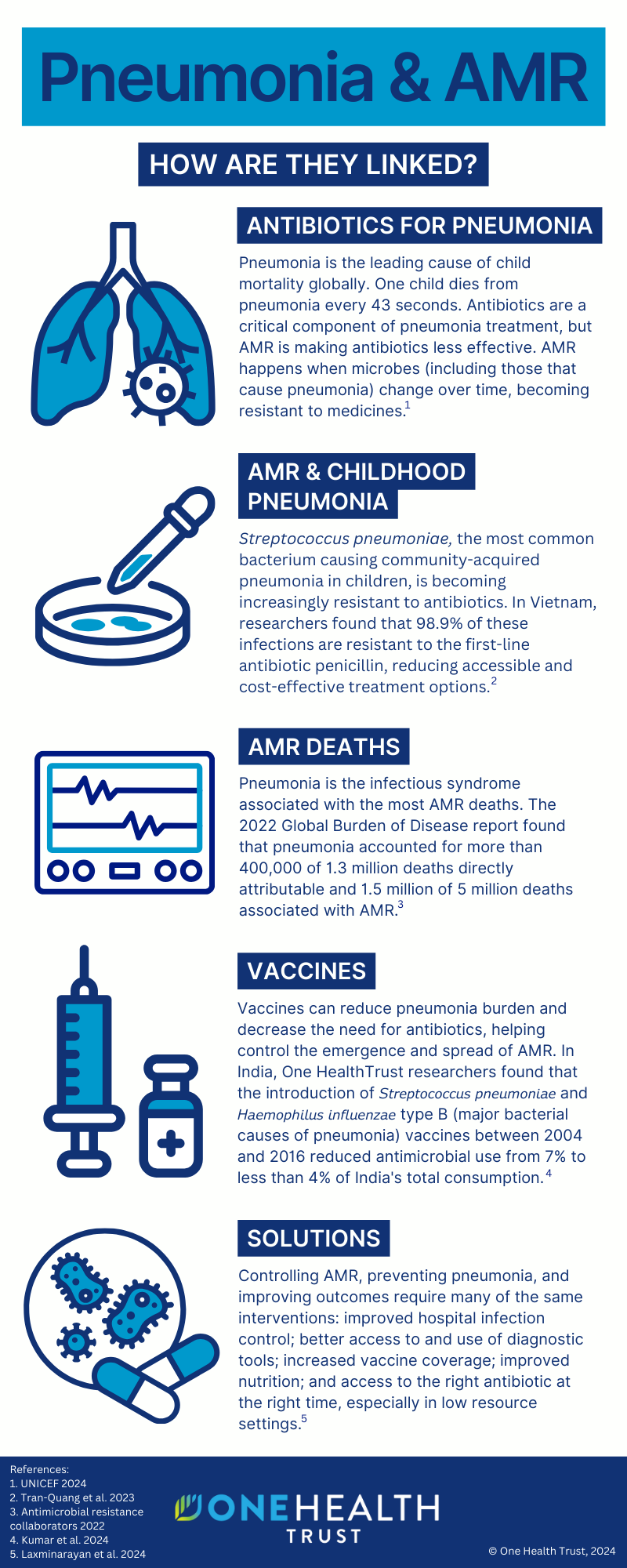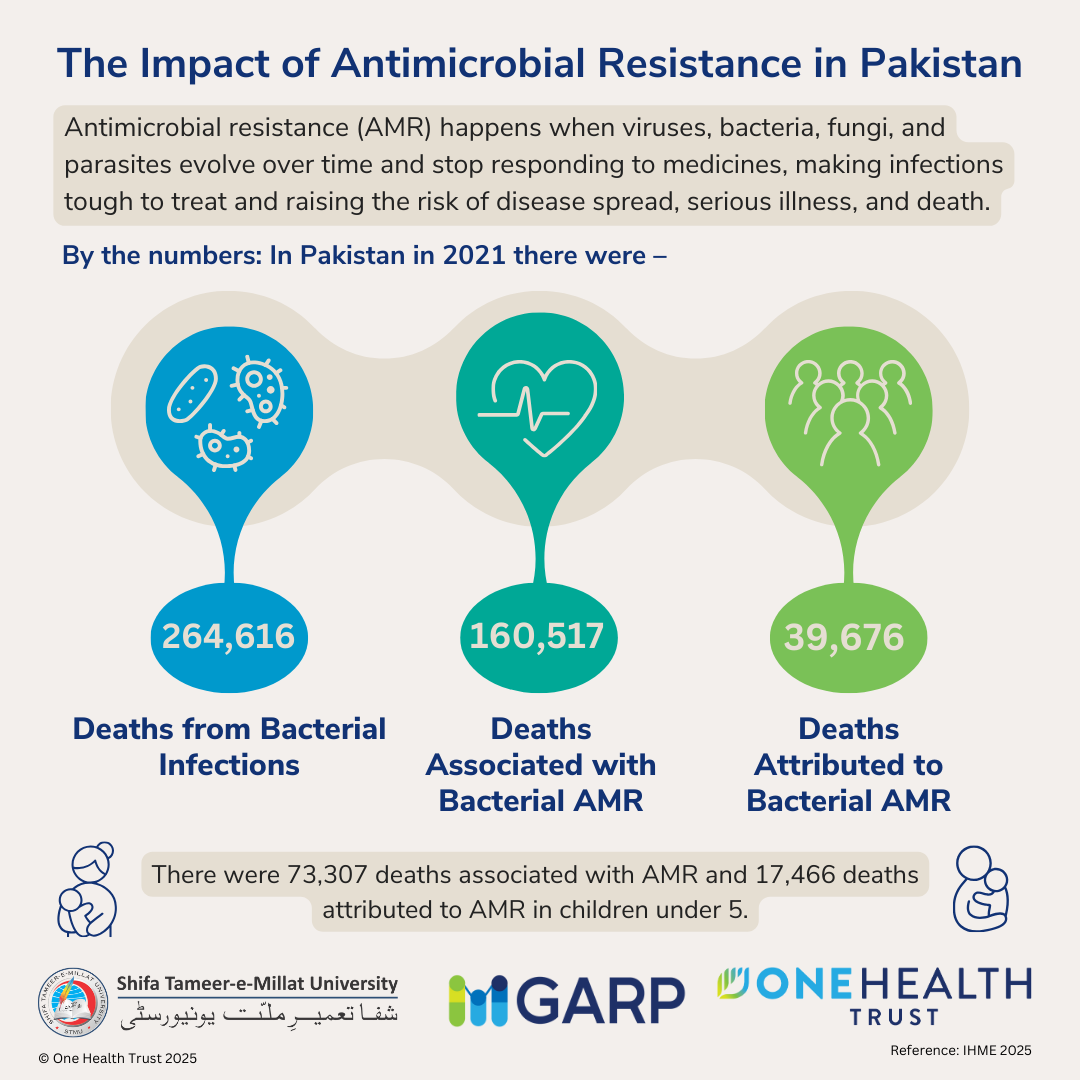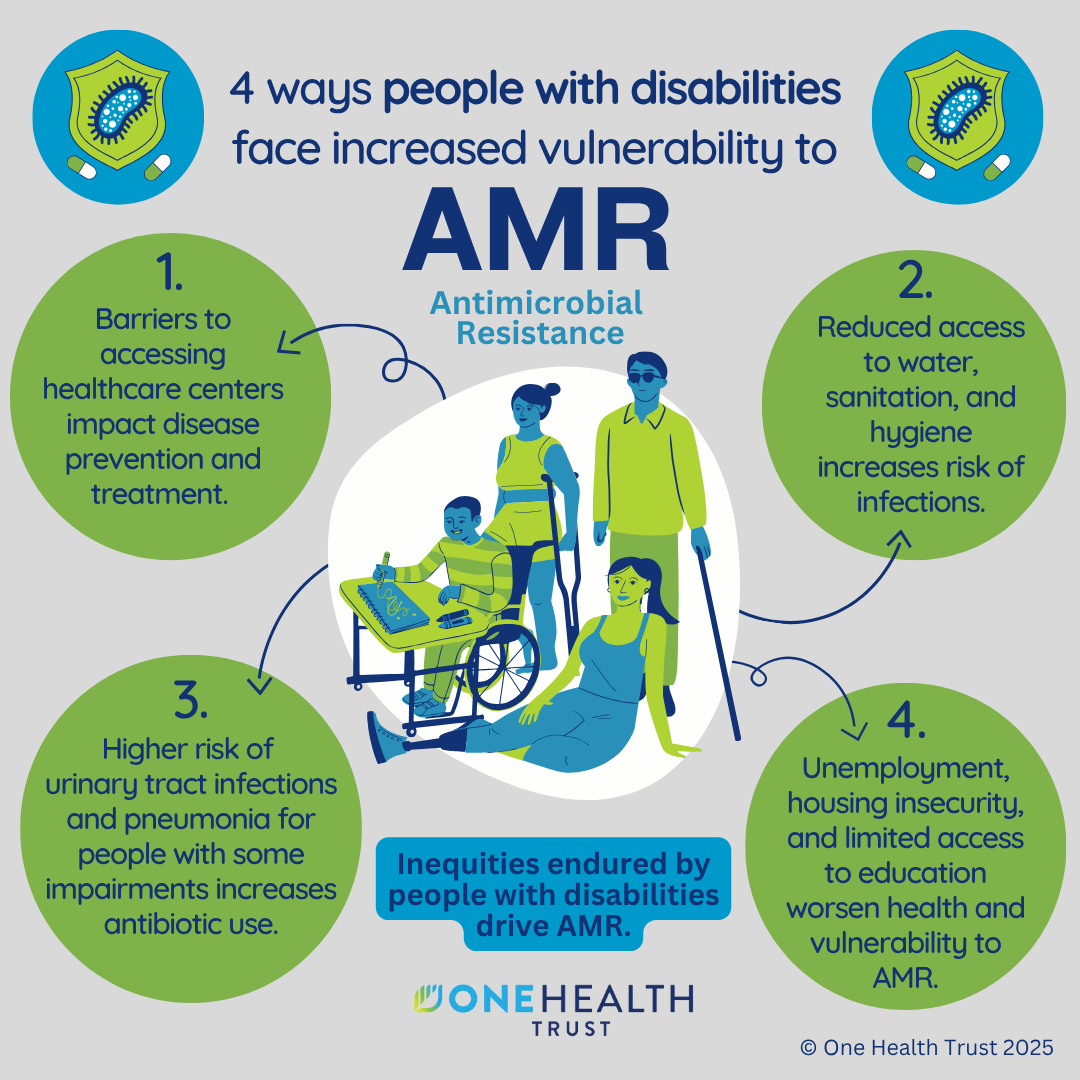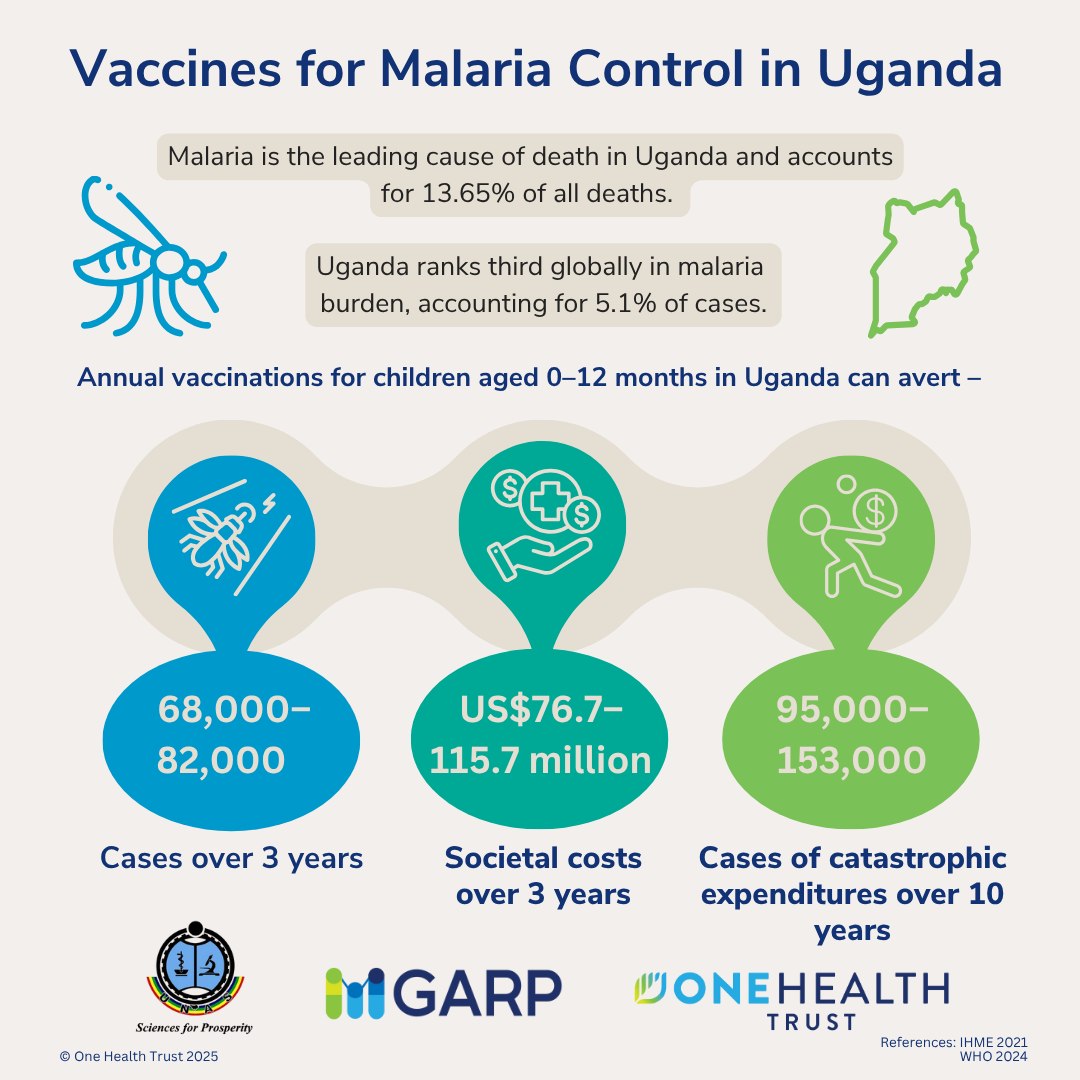
November 12, 2024
How are they linked?
Antibiotics for Pneumonia
Pneumonia is the leading cause of child mortality globally. One child dies from pneumonia every 43 seconds. Antibiotics are a critical component of pneumonia treatment, but AMR is making antibiotics less effective. AMR happens when microbes (including those that cause pneumonia) change over time, becoming resistant to medicines.
AMR & Childhood Pneumonia
Streptococcus pneumoniae, the most common bacterium causing community-acquired pneumonia in children, is becoming increasingly resistant to antibiotics. In Vietnam, researchers found that 98.9% of these infections are resistant to the first-line antibiotic penicillin, reducing accessible and cost-effective treatment options.
AMR Deaths
Pneumonia is the infectious syndrome associated with the most AMR deaths. The 2022 Global Burden of Disease report found that pneumonia accounted for more than 400,000 of 1.3 million deaths directly attributable and 1.5 million of 5 million deaths associated with AMR.
Vaccines
Vaccines can reduce the pneumonia burden and decrease the need for antibiotics, helping control the emergence and spread of AMR. In India, One Health Trust researchers found that introducing Streptococcus pneumoniae and Haemophilus influenzae type B (major bacterial causes of pneumonia) vaccines between 2004 and 2016 reduced antimicrobial use from 7% to less than 4% of India’s total consumption.
Solutions
Controlling AMR, preventing pneumonia, and improving outcomes require many of the same interventions: improved hospital infection control; better access to and use of diagnostic tools; increased vaccine coverage; improved nutrition; and access to the right antibiotic at the right time, especially in low-resource settings.
References:
1. UNICEF 2024
2. Tran-Quang et al. 2023
3. Antimicrobial Resistance Collaborators 2022
4. Kumar et al. 2024
5. Laxminarayan et al. 2024











